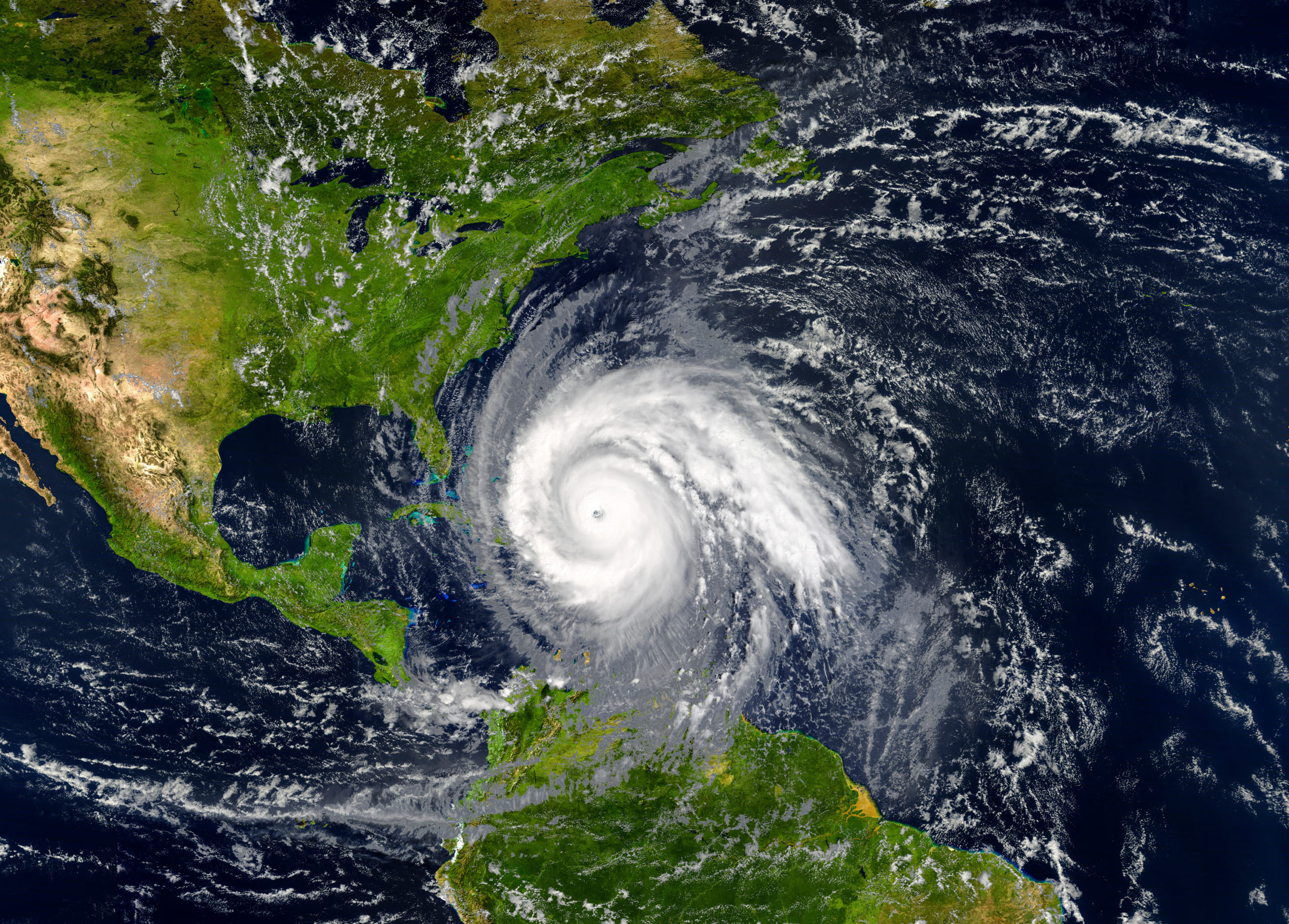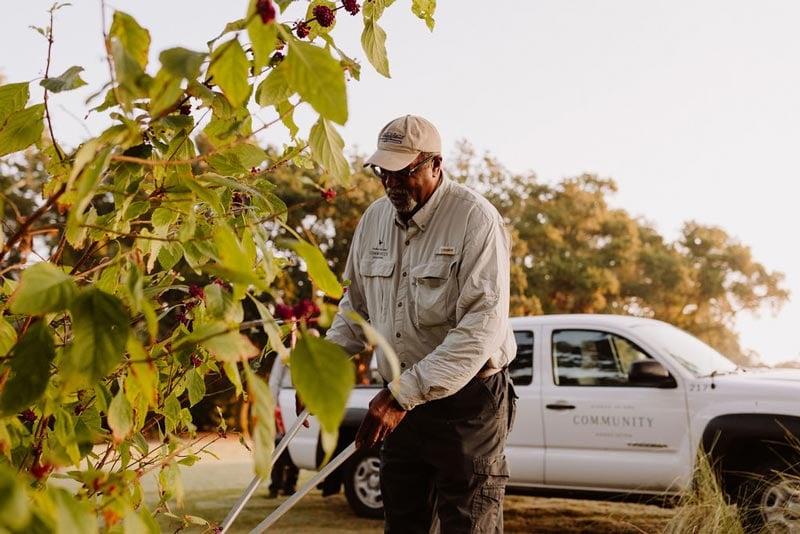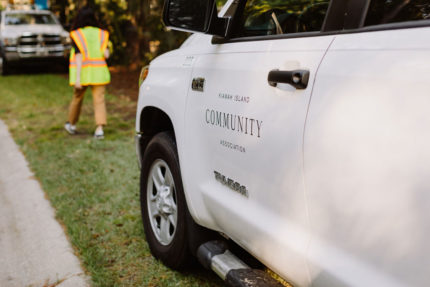Jun
06
2023

From The Blog
Atlantic Hurricane Season Begins June 1
NOAA forecasters with the Climate Prediction Center, a division of the National Weather Service, predict near-normal hurricane activity in the Atlantic this year. NOAA’s outlook for the 2023 Atlantic hurricane season, which goes from June 1 to November 30, predicts a 40% chance of a near-normal season, a 30% chance of an above-normal season and a 30% chance of a below-normal season. NOAA is forecasting a range of 12 to 17 total named storms (winds of 39 mph or higher). Of those, 5 to 9 could become hurricanes (winds of 74 mph or higher), including 1 to 4 major hurricanes (category 3, 4 or 5; with winds of 111 mph or higher). NOAA has a 70% confidence in these ranges.
Due to its position on the coast, South Carolina and the Lowcounty in particular has seen its share of hurricanes over the years. You can view a stunning map of those storms at the South Carolina Department of Natural Resources (SC DNR) State Climate Office website. Though we haven’t seen a major landfall recently, South Carolina saw effects from eight tropical systems in 2020, an extraordinary year for the storms.
Planning for Hurricane Season
The beginning of the season is a time to think about what the possible needs are, both for members and the association. Each year, in advance of hurricane season, KICA’s departments review the association’s plan. KICA also contracts in advance with an emergency clean-up company. The communications team ensures that the text and email alert systems have our most recent contact information for members.
Members should also prepare in advance of any storm event using these tips:
- Sign up for communications – KICA and the Town of Kiawah Island work together to provide the important information you need during a storm event.
- Verify that your contact information is current with KICA in your member account, and you will automatically receive association communications.
- If you are not subscribed to Town of Kiawah Island emails or weather alerts through CodeRed, visit www.kiawahisland.org/disaster-preparedness/.
- Make a plan. This is a good time to solidify what you and your family will do in the event of a storm. Make plans for things like how you will evacuate and where you will go. Consider the care of any pets as well.
- Three websites to help with your hurricane plan are the South Carolina Emergency Management Division (SCEMD) (www.scemd.org/), SCEMD’s virtual hurricane guide at hurricane.sc and the National Weather Service (www.weather.gov/safety/hurricane). Visit the Charleston County Emergency Management Division for county-level planning information.
- Download the SC Emergency Manager App (App Store | Google Play) for interactive checklists, your evacuation zones, and more.
- This is a good time to check shutters and generators to see if repairs or service are needed. Check insurance policies to make sure they are active and verify your coverages.
In the Event of a Storm
Kiawah entities monitor each storm that appears. Based on guidance from the SC Emergency Management Division (SCEMD), an emergency operations protocol may be put in place. Once that protocol is in place, representatives from all island entities, including the Town of Kiawah Island, KICA, and the Kiawah Island Golf Resort, join a daily call with SCEMD and other area municipalities. The town takes the lead in an emergency.
Once you’ve signed up, look for communications directly from the town. KICA will also make that information available to members through its communication channels. All island entities work together during a storm. This way, entities have the most up to date information on area conditions.
- Stay informed. Visit trusted news sources, such as the National Weather Service, National Hurricane Center, Charleston County Emergency Management and local news sources (below) for information.
- Know your evacuation zone. Kiawah is in Zone A. If an evacuation is issued, the state will use these zones to evacuate the areas most likely to see landfall first.
- If an evacuation order is issued, you will generally have some time to prepare. If you have contractors working on your home, they will likely have time to clean up the jobsite. This is the time to have your shutters closed or your home boarded up. Due to the high winds that tropical systems can bring, it’s best to remove anything that may be blown onto another property.
- Please keep in mind that during an evacuation, the state reverses lanes on state highways to get people away from the coast as efficiently as possible. This can affect your travel plans, so be aware of these changes and know your evacuation route in advance.
Before the Storm
Prior to the storm’s approach, island access will be limited. Based on the storm’s likely timetable and strength, the island may be closed for entry, but this will be communicated to homeowners. Prior to this, KICA will allow time for island contractors to secure job sites and homes.
When access is limited, Sheriff’s deputies will stop and turn back anyone attempting to access the island. KICA’s Security team may leave if it is not safe for staff to remain on the island.
After a Storm
After a storm has passed and the governor has lifted the evacuation order, the mayor must give the order allowing property owners to return. The mayor will conduct a damage assessment of the island and, if it is deemed safe to return, will set a time for members to return.
The town and KICA will send out information on when members can return to the island, along with a general damage assessment. At this time, KICA’s security staff will return to the island, followed by the land management team. Island clean-up begins prior to members returning to ensure a safe environment. KICA’s emergency response crews will be on the island, assisting the land management department with debris. The town facilitates debris removal.
- Wait until the all-clear is given to attempt to return to the island. Prior to that time, anyone attempting to access the island will be stopped by sheriff’s deputies.
- KICA’s member services team will attempt to notify members whose property has sustained damage. However, damage can be difficult to ascertain from a distance. Please have a property manager, friend or neighbor look at your property to confirm you have no damage if you are unable to return to the island.
Don’t wait to start your preparations for Atlantic hurricane season. The Lowcountry community has seen a number of storm events over the last few years, with the greatest frequency of storms occurring from August 15 to October 15. The more prepared you are, the safer you and your family will be during a storm event.

